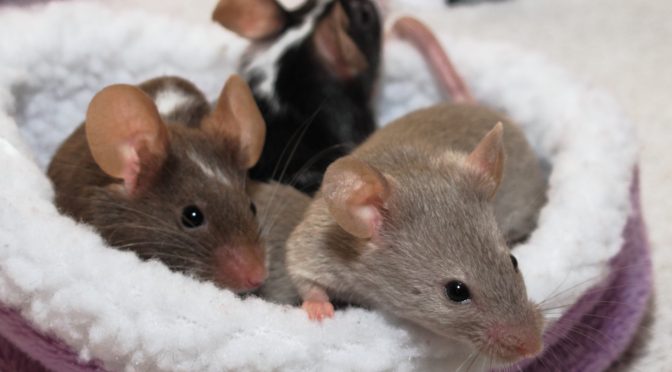Understanding Rodent Behaviour in Your Sleep Sanctuary
The Reality of Mice Encounters During Sleep
In the quiet of the night, our bedrooms transform into sanctuaries of rest. However, this peace can be disrupted by the presence of unwelcome guests – mice. These nimble creatures, known for their agility and small size, can indeed traverse our sleeping spaces, including our beds.
The Likelihood of Mice Crossing Your Path in Slumber
The occurrence of mice crawling over people while they sleep is not just a possibility but a reality faced by many. If there are signs of mice in your bedroom, likely, that a mouse has already crossed your path during your sleep. These creatures are naturally explorative and may inadvertently find themselves navigating across your bed in their nightly travels.
The Motivation Behind Mice Movements
It’s essential to understand that mice don’t intentionally seek human interaction. Their journey across your bed is typically a means to an end – getting from one point to another in the quickest way possible. Mice are always on the lookout for food sources and safe nesting areas, and your bed might just be a temporary route in their explorations.
The Rarity of Mice Bites During Sleep
While the thought of a mouse scampering across you can be unsettling, the likelihood of being bitten is relatively low. Mice generally avoid contact and are more likely to run away when encountered.
Proactive Measures to Deter Mice
The Power of Predatory Presence: Cats as Natural Deterrents
One of the most effective methods to keep mice at bay is introducing their natural predators, like cats, into your environment. The mere presence of a cat can be enough to discourage mice from entering a space. The scent of a cat acts as a powerful deterrent, sending a clear message to mice to stay away.
Understanding the Jumping Abilities of Mice
Mice are not only quick but also adept jumpers, capable of leaping up to one foot in the air. This ability allows them to easily access elevated surfaces like beds. To mitigate this, it’s crucial to understand and limit their potential jumping platforms near your bed.

Recognizing the Signs of a Mouse Presence
Visual Confirmation: The Most Definitive Sign
Seeing a mouse scurry across your room is a sure sign of their presence. However, mice are elusive and often avoid detection by hiding in secluded areas. An occasional sighting can confirm your suspicions and indicate a need for immediate action.
Auditory Clues: Squeaks and Gnawing Sounds
Mice are nocturnal, and their activity peaks when the house is quiet. Pay attention to unusual sounds like squeaking or gnawing, especially during the night, as these could indicate the presence of mice in your room.
Telltale Droppings: A Clear Indication of Infestation
Finding mouse droppings in your bedroom is a strong indicator of an infestation. These droppings are often found near food sources or nesting areas. If you discover droppings in your bed, it’s a sign that mice have been roaming around your sleeping area.
Strategies to Keep Your Bedroom Mouse-Free
Maintain a Clean and Clutter-Free Environment
A clean bedroom is less attractive to mice. Regularly vacuuming and dusting can reduce the likelihood of a mouse infestation.
Seal Entry Points and Eliminate Access
Inspect your bedroom for any small openings or cracks that mice could use to enter. Sealing these entry points can significantly reduce the chances of mice finding their way into your bedroom.
Employ Repellents and Natural Deterrents
Natural repellents like peppermint oil can be effective in keeping mice away. Mice dislike the strong scent of peppermint, making it a safe and natural method to deter them from your sleeping area.

Consider the Use of Traps
If preventive measures are not enough, traps can be an effective way to control a mouse problem. There are various types of traps available, from traditional snap traps to humane catch-and-release options.
Conclusion: Ensuring a Peaceful and Rodent-Free Sleep
By understanding the behaviour of mice and implementing strategic measures, you can greatly reduce the likelihood of these unwelcome visitors disrupting your sleep. Remember, the key to a rodent-free bedroom lies in preventive measures, vigilance, and appropriate action when needed



